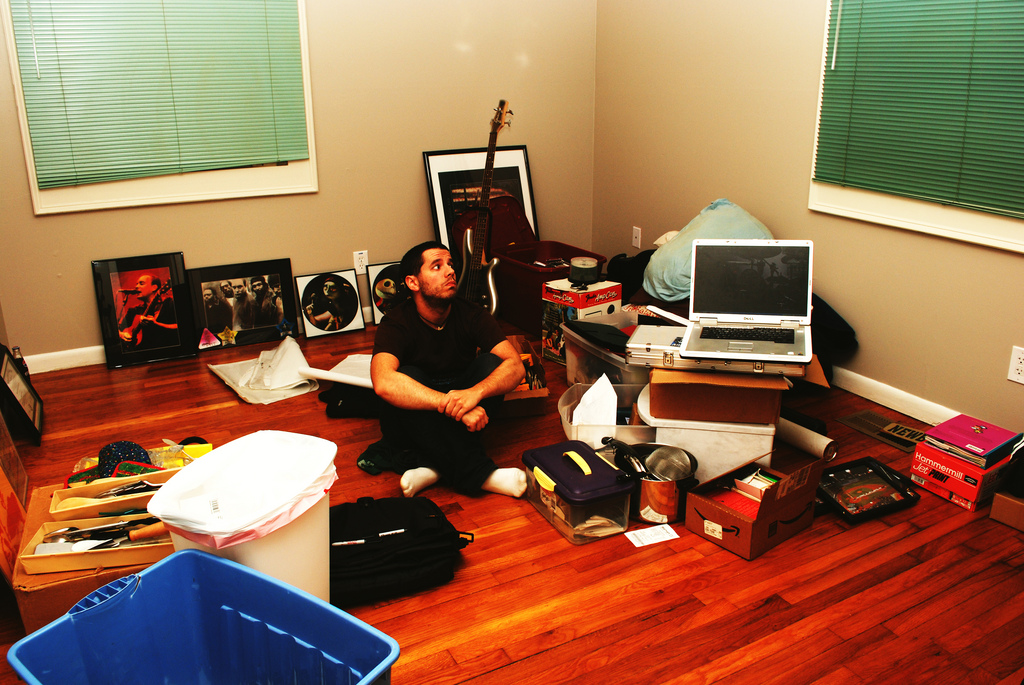 NEWS
NEWS
 NEWS
NEWS
 NEWS
NEWS
If you are looking forward to installing iOS 9 when Apple releases it a little over two weeks’ from now but are worried that your iPhone won’t have enough space for the update, we’ve got good news for you.
With iOS 9, Apple has reduced the size of the update to 1.3GB, down from the 4.58GB of free space iOS 8 needed to install. In addition, the iOS 9 update will also uninstall certain apps and reinstall them once the update is complete in order to free up space; however, we are yet to see this in action.
This will certainly help solve the lack of space issue when it comes to upgrading to iOS 9, but what if you have an 8GB iPhone 5c or your 16GB iPhone is running out of storage already?
There are some simple steps you can take to free up space on your iPhone for the iOS 9 update:
Sometimes we get excited about a new app only to install it and never use it beyond the first few times. Often those apps are left installed and hog your precious storage.
Got to Settings > General > Usage > Manage Storage under Storage. You’ll see a breakdown of used vs. available storage and directly below that a list of apps and how much space they are taking up.
Take an honest assessment of your installed apps and delete anything you don’t use on a regular basis.
While you are in Settings > General > Usage > Manage Storage and tap the app you want to delete and tap the “Delete App” button on the next screen. Or, from the Home screen, tap and hold the app icon and wait for it to wiggle. Now tap the “X” in the upper right-hand corner to delete the app.
My Photo Stream automatically syncs your photos across all of your devices connected via your iCloud account. The iCloud Photo Sharing feature also allows you to automatically receive photos from friends and family if you subscribe to them. This can eat up a lot of storage space on your iPhone. Unless you have a burning need for syncing photos, turn My Photo Stream off.
Go to Settings > Photos & Camera > disable My Photo Stream and iCloud Photo Sharing.
If you think you can live without your entire photo collection or music library in your pocket, deleting some of these will help free up lots of space on your iPhone.
Before you delete your photos, videos or music, create a backup on your Mac or Windows PC. For Mac, use iPhoto or Image Capture for Mac and for Windows use the “Import pictures and video” option when connecting your iPhone via USB cable. Or, if you have the time, you can simply email the photos to yourself.
Once you have a backup, simply delete all your unwanted photos and videos. Instead of storing your entire music collection on your iPhone, consider signing up for a streaming music service like Apple Music or Spotify.
You may think text message don’t take up a lot of space, but once you consider all the photos, cat GIFs, audio message and videos you’ve also received, you might be surprised at how much storage is being wasted.
To clear out iMessages, go to the iMessage app and tap “Edit” in the top left-hand corner. Select all the conversations you want to clear out and tap “Delete” in the bottom right-hand corner.
You can also set up message to auto delete in the future. Go to Settings > Messages > under “Keep Messages” > set it to 30 days or one year.
If you connect your iPhone to iTunes, you’ll see an “Other” category and this may be taking up a significant amount of space.
The data in this Other category is simply data that does not fit into iTunes’ predefined categories and includes data such as browser history, caches, cookies, logs, as well as database files stored by apps.
You have a few options to clear out the Other category, but unfortunately none of them are simple.
You can use a paid or free third-party app to delete these files or get rid of them using one of the following methods:
Apps: Check if an app allows you to clear its offline cache and if not, uninstall and reinstall the app to clear out unnecessary files. Keep in mind that this will also delete any local data related to the app.
Safari: Browsing data stored by Safari is another storage thief. Open Settings > Safari > Tap on “Clear Cookies, Data, History”.
Email account: Deleting and re-adding your email account will delete messages and attachments stored in your local email cache and free up space. Go to Settings > Mail, Contacts, Calendars, tap the account to remove and tap “Delete Account.” Re-add the account here again.
You can also restore your device from iTunes or iCloud and make a fresh start, but keep in mind that if you restore a backup all the unwanted files under Other will also be restored.
Sources: iMobie; Business Insider; wikiHOW; How-To Geek
Support our mission to keep content open and free by engaging with theCUBE community. Join theCUBE’s Alumni Trust Network, where technology leaders connect, share intelligence and create opportunities.
Founded by tech visionaries John Furrier and Dave Vellante, SiliconANGLE Media has built a dynamic ecosystem of industry-leading digital media brands that reach 15+ million elite tech professionals. Our new proprietary theCUBE AI Video Cloud is breaking ground in audience interaction, leveraging theCUBEai.com neural network to help technology companies make data-driven decisions and stay at the forefront of industry conversations.